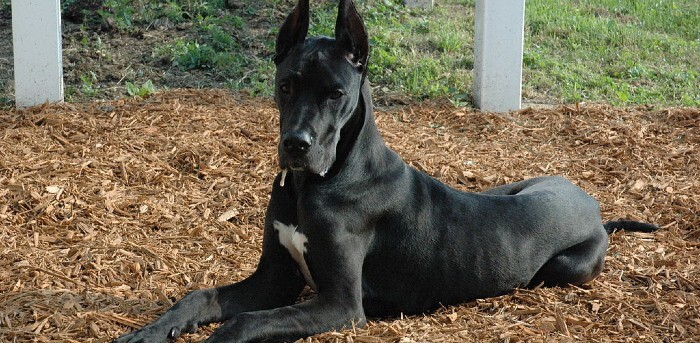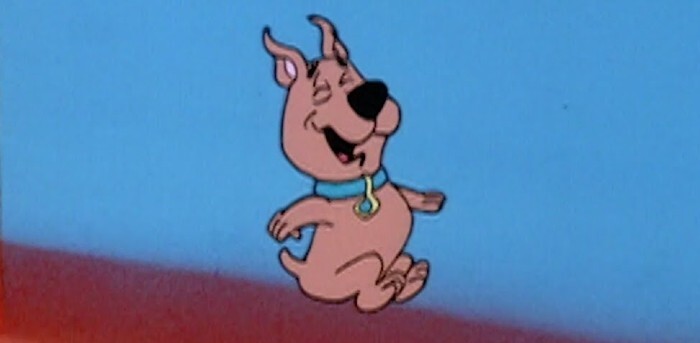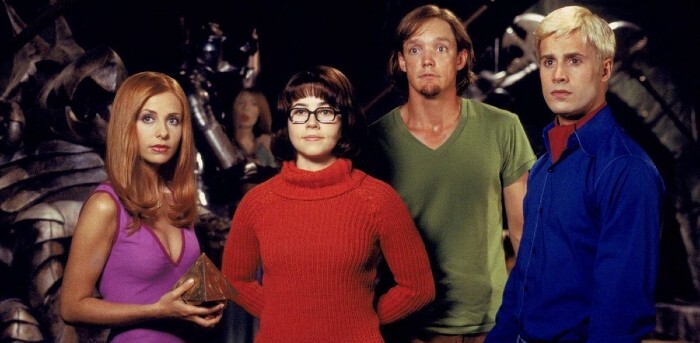15 Moderately Locatable Behind-the-Scenes Facts About Scooby Doo

Few relics of the ‘60s have survived this far into the new millennium (literally -- Death has been picking off Beatles like Final Destination: Octopus’s Garden), but somehow, a ragtag band of amateur detectives and their canine pal have endured. That’s especially surprising considering it all started because of…
Robert F. Kennedy

What does a mystery-solving dog have to do with a political assassination? It sounds like a riddle, but Robert F. Kennedy’s assassination sparked a moral panic about violence in the media, so the network asked Hanna-Barbera to create a show that toned down the bloodthirst, which was their whole bag at the time.
The Archies

(CBS)
Specifically, they were asked to do an Archies, so the show was initially about a rock band that solved mysteries. The Archies even had a single out at the time called “Feelin’ So Good (S.K.O.O.B.Y-D.O.O.).”
The Many Loves of Dobie Gillis
When the network wasn’t impressed with their take on the Archies, Hanna-Barbera simply ripped off The Many Loves of Dobie Gillis instead. Though it’s largely forgotten today, it was the first sitcom about teenagers on a major network, and its four main characters have direct analogues in Scooby-Doo, down to the character Zelda being renamed Velma in what must have been a particularly uninspired late-night brainstorm.
Great Danes Are Ghostbusters

Though they may not have realized it at the time, the choice to make Scooby a Great Dane was historically apt. The dogs were once thought to protect people from ghosts and other evil spirits, though Scoob admittedly doesn’t do a great job himself.
Her Glasses

(Hanna-Barbera Productions)
Velma’s signature catchphrase stemmed from a very real incident of visual impairment. At an early table read, voice actor Nicole Jaffe really did drop her glasses and cry “My glasses! I can’t see without them!”
Scrappy-Doo: Hero Dog

(Hanna-Barbera Productions)
As hard as it may be to believe, Scrappy-Doo was actually created to improve ratings after the network complained that the show was getting too stale in the late ‘70s. In fact, ratings did improve following Scrappy’s introduction, and the only reason he was, you know, scrapped was because the network decided he was too cool, i.e. “too independent” and noncomformist. He was simply too puppy powerful.
Scooby-Doo Syndrome
The technical term for Scooby’s strange speech impediment, according to one speech-language pathologist, is “rhotic replacement.” Moment of silence for any kids diagnosed with Scooby mouth.
Shaggy is a Medical Coward

(Warner Bros.)
In the 2011 movie Legend of the Phantosaur, it’s revealed that Shaggy suffers from acute threat avoidance hypertrophy disorder. According to the ER doctor who examined the catatonic hippie and decided to take X-rays for some reason, it’s “a very rare form of overreaction to fear stimuli,” which, again, could somehow be diagnosed from an X-ray.
Smoking Scooby
Legendary voice actor Don Messick, who also voiced Papa Smurf and Boo-Boo Bear, quit the business in 1996 after he had a stroke. It was mostly because of the stress of recovering from a stroke, but Messick was also forced to quit smoking, after which he found it impossible to recreate the raspy ruh-rohs he’d pioneered.
Frank Welker

One of the actors who took over in Messick’s wake, Frank Welker, is the third-highest-grossing actor of all time, though you’ve probably never heard his name. He’s the voice of just about every cartoon animal you’ve ever loved, including Curious George, Garfield, Nibbler, Astro the dog, and various Smurfs. Are they technically animals?
There’s a Gritty Reboot

(DC Comics)
Between 2016 and 2019, DC Comics produced the teen-rated series Scooby Apocalypse, which gave the gang superhero makeovers complete with rippling muscles for the dudes and impossible waistlines for the ladies and a mission to fight monsters in a world ravaged by a virus that induces fear. This is a Mystery Inc. who fucks.
Too Scary For TV
In 1999, audiences were treated to the Scooby-Doo take on The Blair Witch Project with the Halloween special The Scooby-Doo Project, which implied, like the horror movie, that our heroes were killed by a real supernatural entity. It never aired again, possibly because of rights issues, but many believe it’s because it was just too freaking scary for Scooby.
Shaggy the Vegetarian
Casey Kasem, a devoted vegan, campaigned for years for the ravenous character he voiced to adopt a vegan diet and actually quit in the ‘90s after refusing to record a commercial for Burger King. The team compromised in 2002 by turning Shaggy into a vegetarian, which was good enough for Kasem to reprise the role.
We Could Have Had a Mike Myers Scooby-Doo

When the 2002 live-action movie went into development in the late ‘90s, Mike Myers was initially tapped to write the script and play Shaggy, with Janeane Garofalo as Velma. It’s not clear why Warner Bros. chose to take a different direction, but maybe Myers got too wrapped up in method-preparing for his role in The Cat in the Hat.
The 2002 Movie Was Initially Much More Adult

(Warner Bros.)
Of course, James Gunn ended up writing the 2002 movie, but he first envisioned “an edgier film geared toward older kids and adults” featuring more overt references to Shaggy’s drug use and Velma’s sexuality and even a kiss between Daphne and Velma. Ultimately, “the studio ended pushing it into a clean-cut children’s film,” to the point of erasing the ladies’ cleavage with CGI. They’re clearly the real monsters.
Top image: Warner Bros.